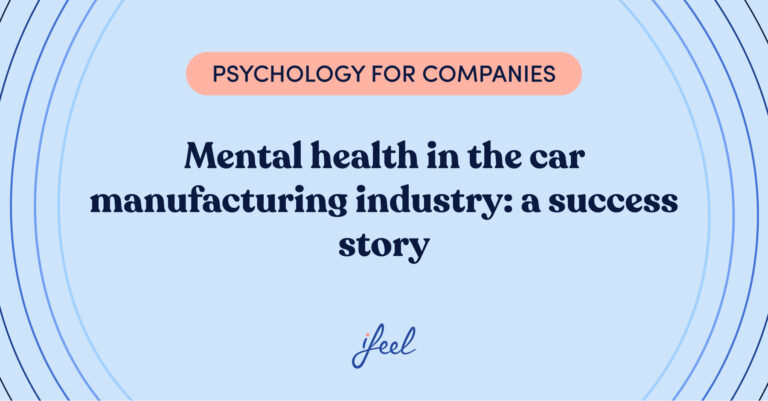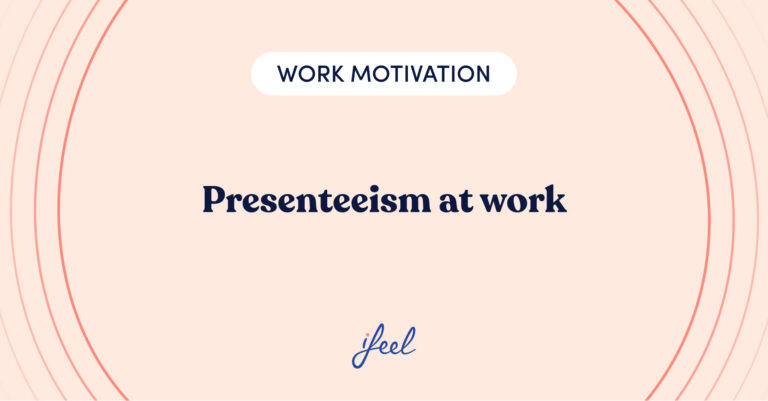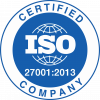In an increasingly complex and changing world, where uncertainty is a key feature, companies face unprecedented challenges that require adaptability and resilience.
It is in this context that the concept of VUCA environments is born: those that, although marked by dynamism and evolution, bring with them a certain volatility and complexity, which organisations must navigate intelligently to achieve business success. Let’s take a look at what it is all about.

What are VUCA environments?
The term VUCA originated in the military and is an acronym for Volatility, Uncertainty, Complexity, and Ambiguity.
Over time, this terminology has been adopted by the business world to describe a constantly changing environment, where conditions are unpredictable and the rules of the game can change in the blink of an eye. In this context, companies must adapt to rapid change and complex scenarios if they are to thrive and evolve.
However, VUCA environments represent an opportunity for leaders to enhance and develop their leadership and adaptability skills. Learning to manage workloads and adapt work methodologies to changing contexts requires a broad vision that allows the leader to take into account risk factors and adapt decision-making to uncertain times. All this, of course, fosters professional development and strengthens the judgement of those in charge of making the company grow and evolve.
This way, VUCA environments should be understood as an opportunity for growth, rather than a constraint. However, to develop such adaptive skills, the company must invest in training to prepare leaders to react quickly and appropriately to the potential opportunities offered by change.
Characteristics of VUCA environments
The VUCA model aims to place complex situations in a diagram that identifies how much is known about the problem and how predictable the results of the actions taken will be. The idea is to prepare decision-makers in companies to deal with new situations, and to speed up their ability to react.
So the diagram looks like this
- Y axis: Predictability. → How predictable are the outcomes of actions?
- X axis: Knowledge. → How much is known about the situation?
| Complexity | Volatility |
| Ambiguity | Uncertainty |
Each area of the diagram belongs to one of the characteristics of VUCA environments:
- Volatility: Volatility is located in the upper right-hand corner of the diagram. This quadrant is used to describe the speed at which major changes can occur. For example, external factors can trigger sharp fluctuations in the market, technology, or political environment, affecting the company. This quadrant is therefore characterised by high knowledge and high predictability, which means that leaders must be aware of all changes that may occur and that may impact the work environment.
- Uncertainty: The lower right quadrant describes the level of uncertainty. In this case, there is a high level of knowledge of the causes and effects of the changes that will occur, but the difficulty in making accurate forecasts makes it difficult for companies to fully understand the future landscape and make informed decisions.
- Complexity: The top left corner gives rise to complexity within the framework of VUCA environments, where there is a low level of knowledge but a high level of predictability. In this case, multiple factors are interrelated, generating increasing complexity, causing solutions to be non-linear, and requiring a change of approach from companies.
- Ambiguity: Finally, the lower left quadrant belongs to ambiguity. In these scenarios, there is low situational awareness and low predictability, as lack of clarity and multiple interpretations make it difficult to fully understand the situation and its implications. In these cases, companies may find themselves in uncharted territory with no clear way forward.

Navigating VUCA environments
Despite the challenges presented by VUCA environments, there are strategies that organisations can employ to strengthen their resilience and thrive in the face of adversity. Research has argued that during changing times, business agility is key for organisations to adapt and grow accordingly. The following strategies can be applied to achieve this:
- Flexibility and adaptability: Faced with volatile environments, companies must be prepared to adapt, adjusting their strategies and operations quickly in response to sudden changes in the environment. In this sense, flexibility is essential to adapt to conditions, survive, and thrive, without losing sight of the company’s own identity.
- Focus on innovation: Constant updating and innovation allow organisations to stay ahead of the curve, finding new opportunities even in the midst of uncertainty. In this sense, fostering a culture of learning, innovation, and experimentation can help companies find creative solutions to complex problems.
- Collaboration and support networks: Within VUCA environments, collaboration among team members, with partners, suppliers and other stakeholders, can provide valuable support during difficult situations, as well as facilitate access to shared resources. Hence, building and maintaining strong networks can help companies deal with challenges more effectively.
- Resilient leadership: Leaders represent a key part of a company’s coping strategy in VUCA environments. They must be able to remain calm and make sound decisions, even in times of crisis and ambiguity. Fostering transformational leadership and empowering leaders to manage uncertainty is therefore critical to business success.

On the contrary, companies that do not adequately manage VUCA environments can face several negative consequences:
Consequences of Poor Management of VUCA Environments
| Consequence | Description |
|---|---|
| Loss of Competitiveness | The inability to adapt to rapid changes and uncertainty can lead to a loss of market position. |
| Low Employee Morale | Lack of clear direction and instability can negatively affect employee motivation and well-being. |
| Ineffective Decisions | Without good management of the VUCA environment, decisions can be reactive and not strategic, affecting long-term sustainability. |
| Increased Costs | Errors and inefficiency can increase operational costs and decrease profitability. |
Supporting mental well-being in organisations
At ifeel, we know that VUCA environments present significant challenges for businesses, but also offer opportunities for those willing to adapt and thrive in the face of adversity.
To support companies in this process, our team of expert workplace well-being psychologists has created a mental well-being solution for businesses that boosts talent retention, reduces presenteeism, and combats employee stress.
With our mental well-being solution, your company’s HR managers can receive personalised, data-driven advice on improving mental health at work. In addition, this solution offers employees a 360° mental well-being service structured at different levels according to their needs. Try our solution now to see how it could help you.
We hope you found this article on VUCA environments interesting. If you would like more information about our mental well-being solution for companies, just ask us and we will get in touch with your team as soon as possible.









